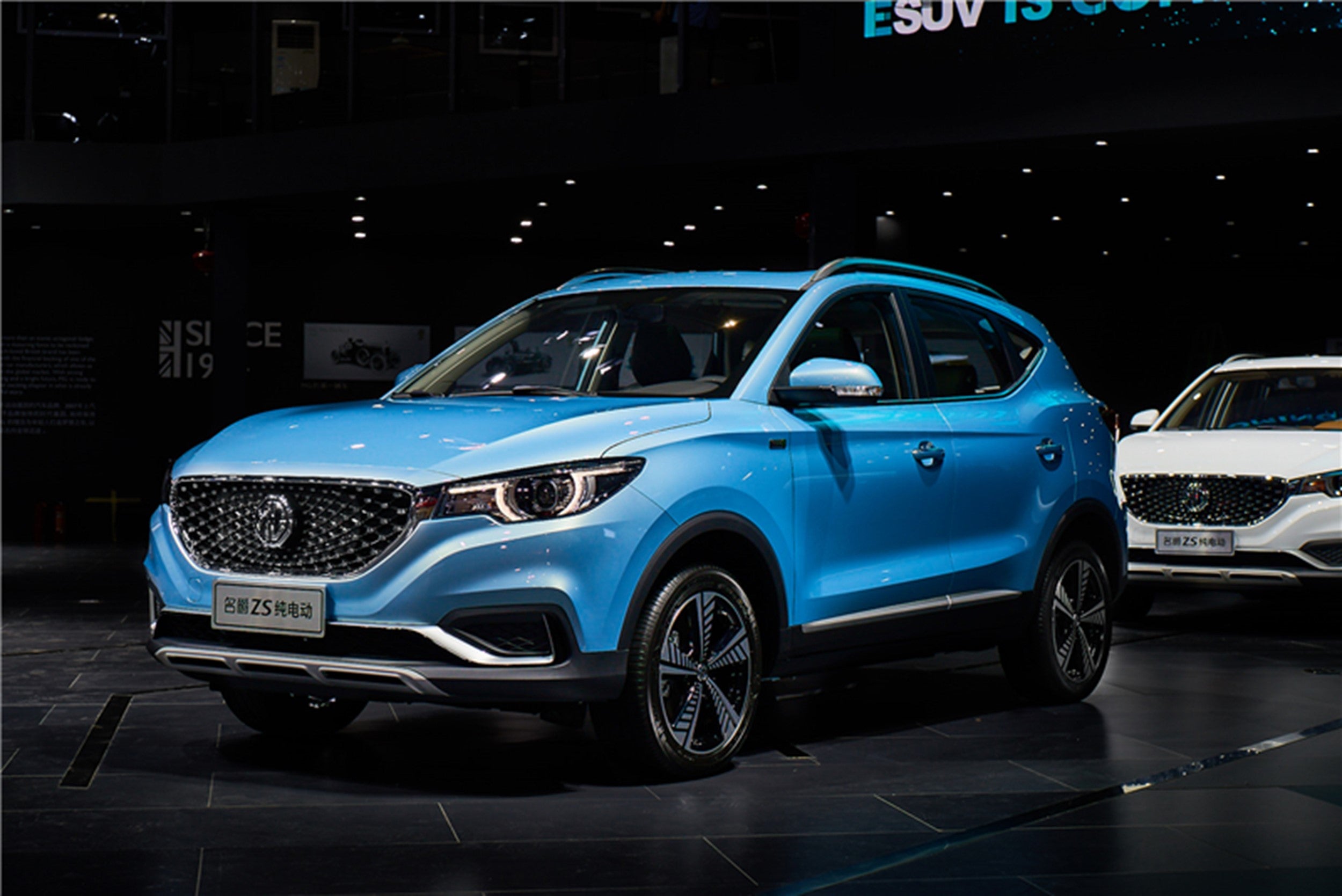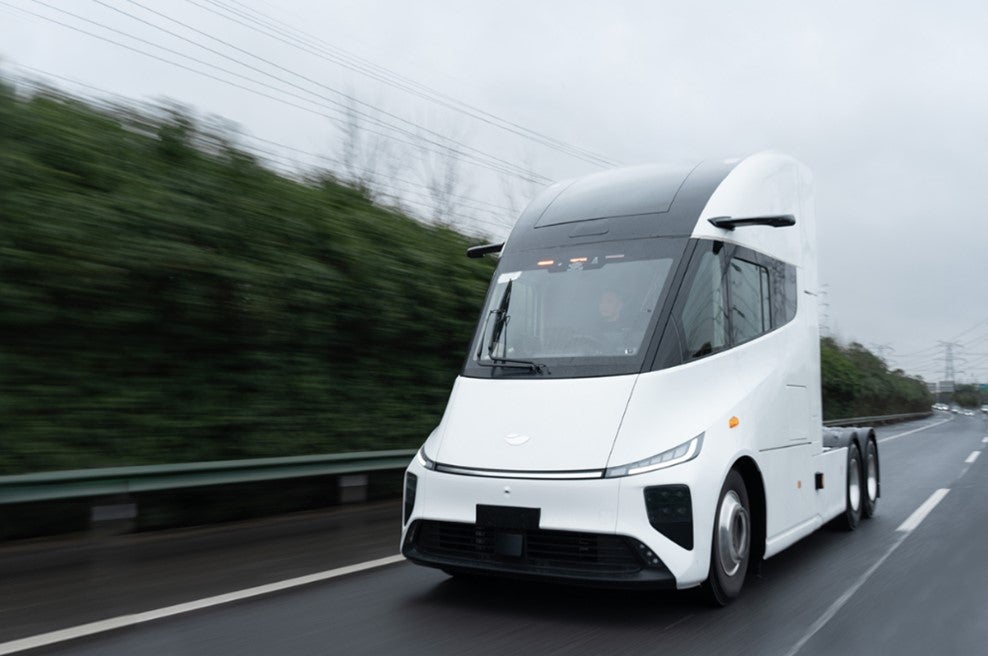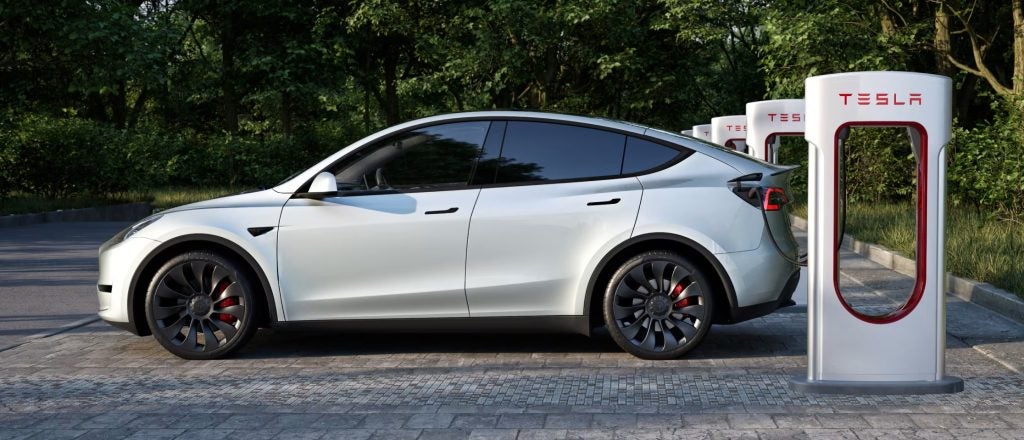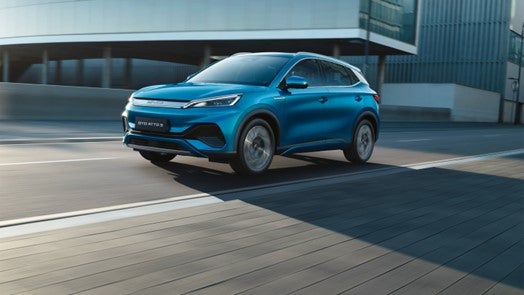
China’s automotive industry has stepped up its global expansion this year, with exports surging by over 81% year-on-year to 1.76 million vehicles in the first five months of 2023 according to data released by the China Association of Automobile Manufacturers (CAAM).
The auto industry passed a major milestone earlier this year when it overtook Japan as the world’s largest vehicle exporter, thanks in large part to strong growth in overseas demand for its new energy vehicles (NEVs), a segment which mainly comprises electric and plug-in hybrid vehicles. NEV exports surged by 163% to 457,000 vehicles in the five-month period, according to the association, with significant growth coming from Europe. According to the European Automobile Manufacturers’ Association (ACEA), China was the largest exporter of vehicles to the European Union last year, ahead of Turkey and the UK, and shipments have continued to grow strongly this year.
How well do you really know your competitors?
Access the most comprehensive Company Profiles on the market, powered by GlobalData. Save hours of research. Gain competitive edge.

Thank you!
Your download email will arrive shortly
Not ready to buy yet? Download a free sample
We are confident about the unique quality of our Company Profiles. However, we want you to make the most beneficial decision for your business, so we offer a free sample that you can download by submitting the below form
By GlobalDataOver the last several years the Chinese automotive industry has been busy shedding its long-held image as a supplier of low-tech, low-cost vehicles with low residual values, helped in large part by the significant progress its domestic brands have made in the connected EV segment. High-profile start-up brands such as Nio, XPeng and Li Auto, which are challenging Tesla in a growing number of markets, have played a significant part in lifting the Chinese automotive image around the world, including in the Chinese domestic market.
China began over a decade ago to implement serious policies to take a lead in the global EV segment, initially with generous purchase incentives for customers and later by setting what seemed at the time to be unrealistic domestic sales targets. The country now has the largest EV market and industry in the world, with the strongest EV supply-chain with significant R&D activity and innovation taking place in the country.
NEV sales in China almost doubled to 6.9 million units last year, with EVs surging by 84% to 5.4 million units. In the first five months of 2023, NEV sales were up by a further 47% at 2.9 million units – in a still sluggish economic environment. This week the Chinese government announced it is extending NEV purchasing incentives, which were due to expire at the end of this year, until 2027 to ensure that its growth targets are met.
Domestic brands now account for close to 50% of total vehicle sales in China, up from 35%-40% just a few years ago. Local automakers such as BYD have taken the lead in fulfilling fast-growing domestic demand for connected EVs and plug-in hybrids, with many other brands also gaining ground.
China’s automotive industry has now begun to seriously focus on overseas expansion, with leading brands such as BYD strengthening their sales and distribution networks in all regions of the world, including Asia-Pacific, Africa, Middle-East, Russia and Latin America – markets from which many western brands have retreated in the last decade. Chinese brands have now set their sights on challenging the Japanese dominance in many of these regions.
SAIC Motor, China’s largest vehicle manufacturing group with significant joint ventures with GM and Volkswagen, is also the country’s largest exporter. It reported a 48% rise in overseas sales to 438,455 units in the first five months of the year, including some 59,000 vehicles produced overseas and close to 380,000 CBU exports.
China’s other key domestic exporters include Chery Auto, which sold and estimated 300,000 vehicles overseas in the five-month period – many of which were assembled overseas; similarly Changan Auto with 150,000; Geely 90,000; Great Wall Motors 88,000; and Dongfeng with 80,000 units.
Foreign brands are also expected to play a major part in the surge in China’s automotive exports over the next decade. Already Tesla is the country’s second-largest CBU exporter, having increased overseas shipments from its Shanghai facility by 69% to 163,000 vehicles year-to-date. German automakers have indicated that they will use their significant joint venture operations in China to target overseas markets, including Europe, particularly EVs – making the most of China’s strong, low-cost supply chains.
Japan’s Honda also began exporting vehicles from China for the first time in May, EVs and hybrid models to the rest of the world – also harnessing the country’s strong EV supply chain.








